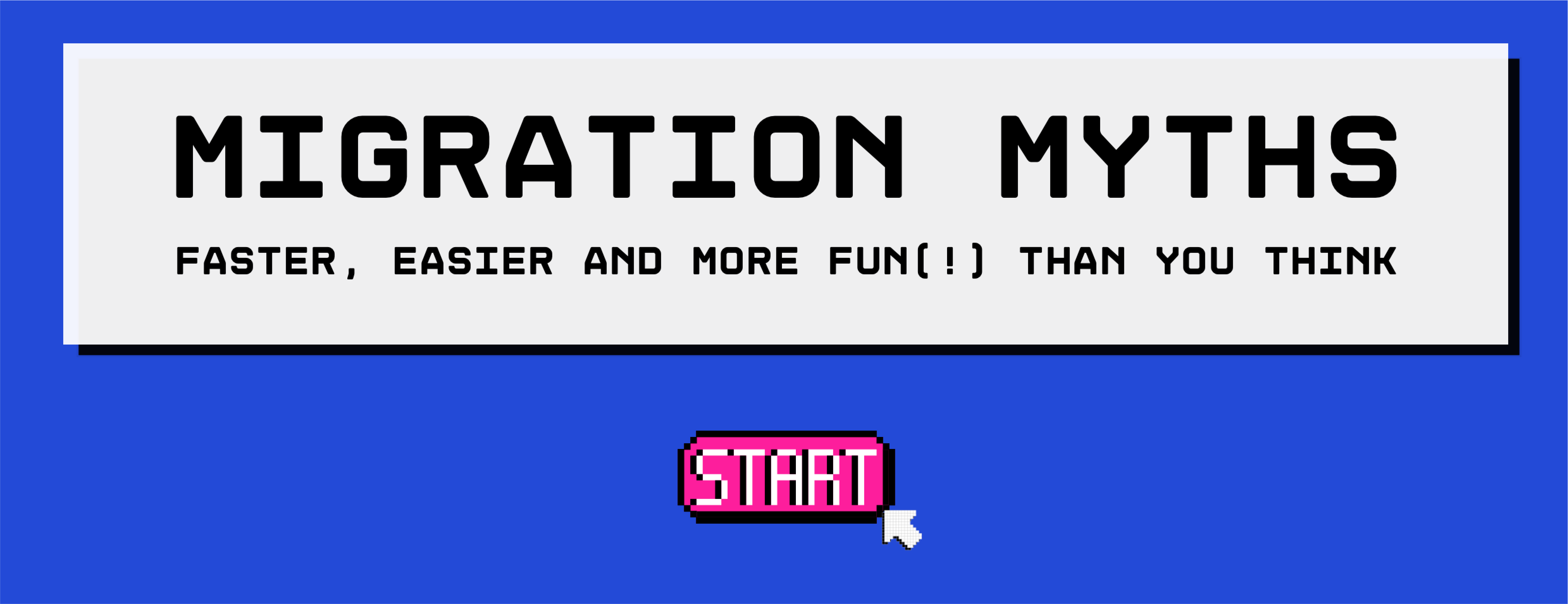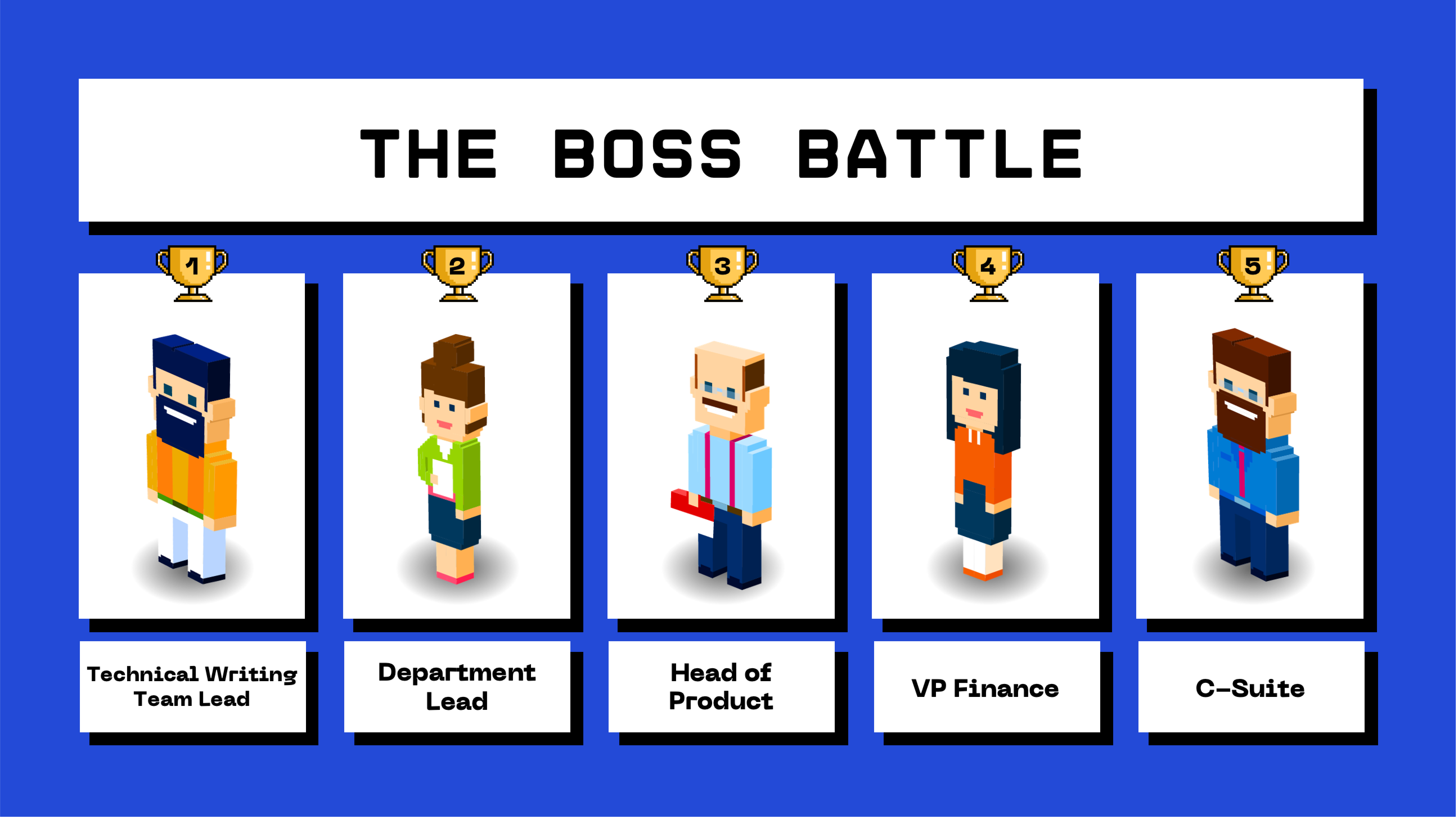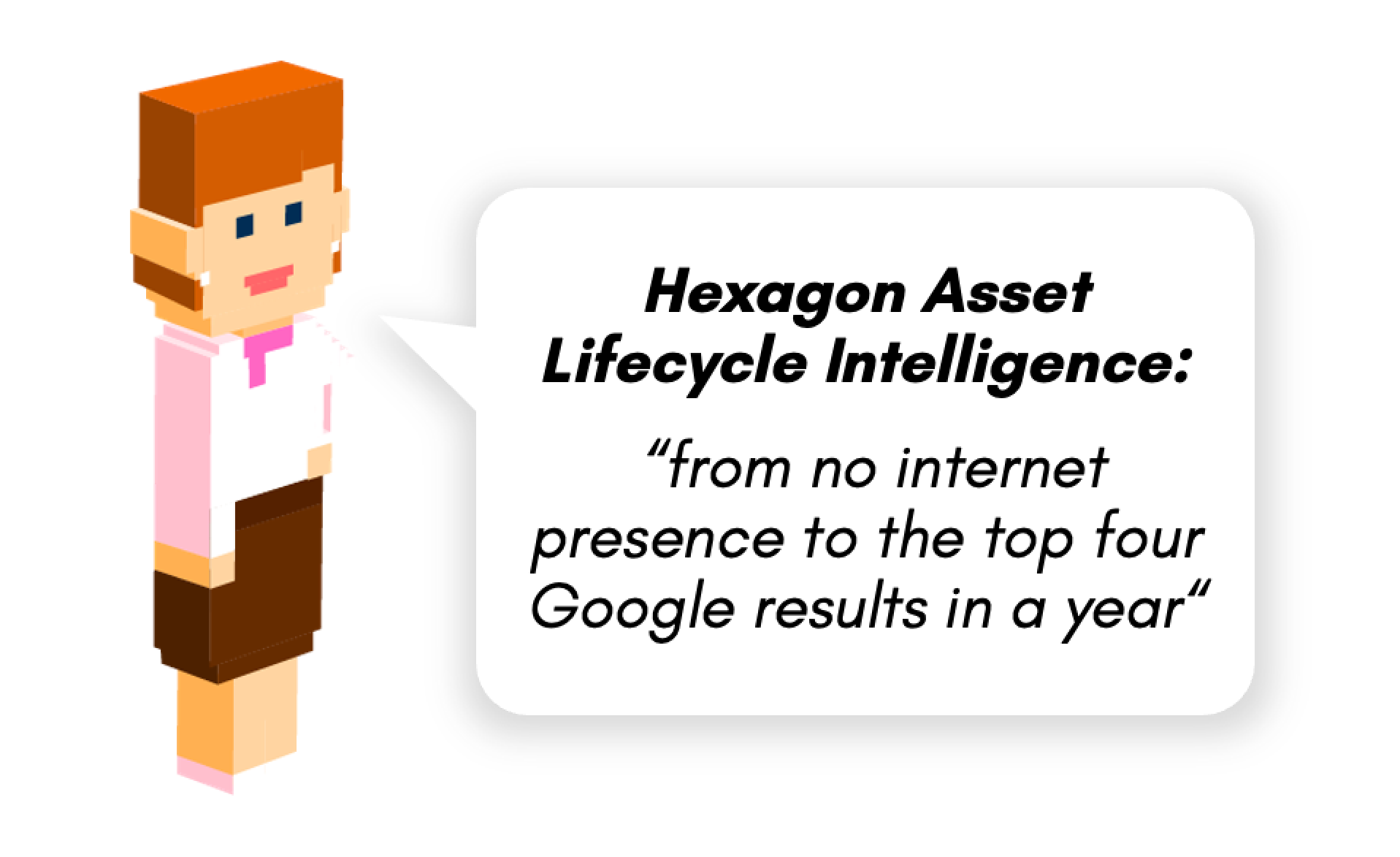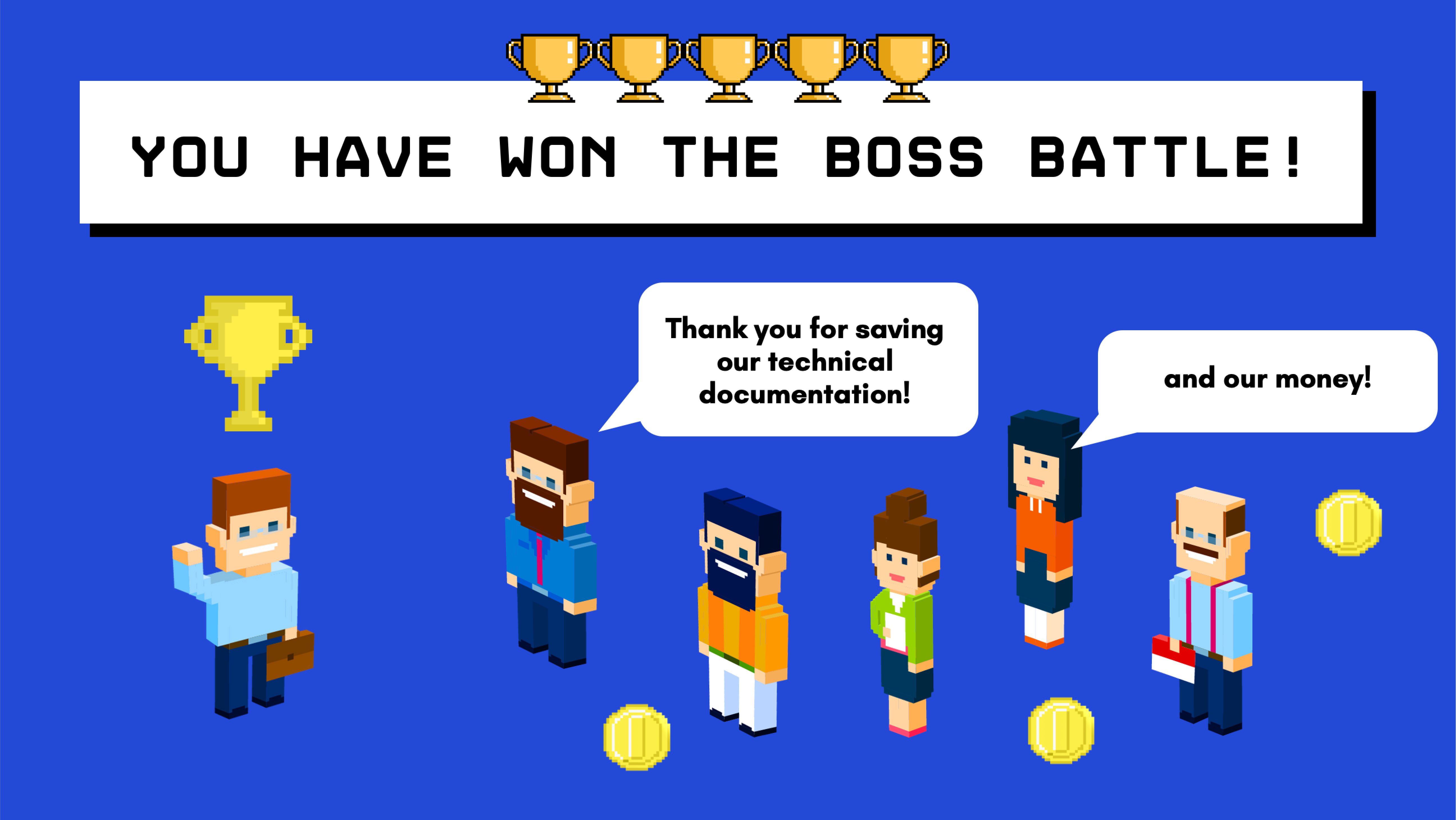Josh Anderson, Information Architect at Paligo, recently joined Fluid Topics’ CEO Fabrice Lacroix for a one-hour webinar at Technology Days 2023. The pair discussed “Migration Myths: Faster, Easier and more Fun(!) Than You Think”, or how to move to modern content strategies smoothly and get immediate benefits!

Content modernization projects involve adopting structured writing and moving to content delivery that is adapted to the digital channels in use and the new pace of content updates. Although critical for the effectiveness and performance of the organization, these projects can be large in scope. They are quite demanding, whether in terms of new tools, change management, or content migration, and organizations are often afraid of the disruption they may create against the benefits they may bring.
What’s more, while most of the time your colleagues understand the need to find new, more modern ways of writing, managing and delivering content, convincing those around you (and your management) to go through with it is another story. Broken down in the form of boss battles – one for each role in the company – Josh and Fabrice looked together at effective strategies for convincing each stakeholder to support the migration project and make it a success.
Starting with the Technical Writing Lead, you’ll discover which questions they’re likely to ask, and how to respond to them to get them to support you in this transformation process. Let’s look at each of them now.

#1. Technical Writing Lead
For this boss, Josh shared that you’ll probably encounter some pushback in the form of “my writers don’t want to use a new system/tool, etc.”. Indeed, they are already comfortable with their current systems and don’t see the need to rock the boat. Authoring tools for structured content, particularly CCMSes, can have the reputation of being difficult to learn and use. So how do you respond?
There are a few different strategies here. First, you need to show how you can actually offer a better authoring experience thanks to a CCMS. Indeed, gone are the days of cumbersome, overly complex, and difficult to use systems. Today, many tools offer a greatly simplified authoring experience, with streamlined workflows and easy to grasp user interfaces. Paligo, for example, allows you to create structured content in a tool resembling MS Word.
It’s also important to choose a solution that offers readily available support teams, extensive documentation, and tutorials in case you do get stuck. That way the Technical Writing Lead can rest easy in the knowledge that help is only a few clicks away.
Your team lead still has doubts? Trial the new system for a week and demonstrate the results! What better way to get them on your side?
#2. Department Lead
With level 1 complete, it’s time to move onto the next stage. As you’d expect, it’s about to get a bit more difficult. This time around you’ll need to show your Department Lead that your migration is worth the effort. Their primary concerns are that it’ll either take too long, or that they’ll lack the skills or resources to make the content available in the new system. They may also wonder whether they’ll need to bring in experts or consultants.
Here, you can demonstrate that migration doesn’t have to take a long time, with a host of tools available for making the conversion easier (especially if your content is already in XML).
On top of that, why not focus on migrating just some of your content (e.g. one department at a time?). Indeed, using modern tools such as a Content Delivery Platform (CDP) that can readily ingest all types of formats – both structured and unstructured – you can deliver a unified content experience to all your digital channels and phase your content migration over time. You can even keep some of your content in legacy formats. This dramatically reduces the quantity of content to convert at once while maximizing early benefits. And, as Fabrice Lacroix stressed during the webinar, “migration is about being tactical”.
<Overall, the time-to-publish savings after migration will make up for the short amount of time spent migrating early on.
What’s a CDP?
Content Delivery Platforms specialized in technical documentation like Fluid Topics collect all the documentation owned by an organization (no matter the initial source and format), restructure and unify it, and distribute the relevant content to all endpoints (product websites, documentation portals, community sites, etc.), devices, and applications, in-context with the users’ needs and environment.
#3. Head of Product
With now the support of two stakeholders, we can move onto a boss that sees tech doc as necessary, but how it’s created isn’t their primary concern. What the Head of Product really cares about is ensuring consistent product releases. As a result, any change of system that can slow down their processes is likely to give them the jitters.
So, you need to show the opposite: that switching to more modern tools will in fact speed up time to market. A CDP for example can integrate new content throughout the product release process and offers streamlined publishing and updates, in-sync with the product. A CCMS meanwhile will accelerate the time to create content thanks to content reuse, collaborative workflows, etc. These tools offer everything they need to keep up with product releases.
#4. VP of Finance
We’re nearly at the last level and are now up against one of the hardest bosses. As you’d expect, the VP Finance puts everything through the lens of cost, so that new content migration is hard to justify.
The key is to show how everything involves a cost, including staying on the old system. Can you justify the cost of keeping the status quo? You can also highlight the ROI in terms of cost savings due to author efficiency, translation savings, fewer support tickets and case deflection, and reduced time to resolution.
How do you go about this? Fabrice and Josh spoke about the use of spreadsheets and existing ROI calculators to crunch the numbers, but also of the importance of asking what your VP’s goals are and whether they are currently meeting them. If you can, for example, show that modern authoring reduces support tickets by 1/3, they’ll immediately be able to grasp the corresponding cost savings.
In any case, it’s clear that the sooner you move to modern tools such as a CCMS or CDP, the sooner you can begin to reap the benefits.
#5. C-Suite
The final boss, convincing your CEO or CIO is clearly an uphill climb. But fret not, for while content is far removed from their daily concerns, there are ways to get them on your side.
This time you need to be able to demonstrate the value of your content in general. Content is king, after all. It’s what keeps customers coming to your site, or finding your site, helping to both feed the search algorithms and expand your reach. With that in mind, be sure to offer existing examples of companies who have had promising results from migrating their content.

More than with any other boss, numbers are the name of the game here, and by providing concrete figures from the market such as “74% of B2B Buyers review user documentation as part of their purchase cycle”, you’ll be well on your way to convincing them.
Need more reliable statistics to win them over? Check out our “40+ Statistics to Build Your Fluid Topics Business Case”.
Victory!

We did it! We’ve successfully convinced all 5 bosses and saved both our documentation and money. What next? If you missed the live webinar and would like to get a better idea of which strategies to use for your boss, get in touch with us or Paligo.
Learn how to get the funding your content project deserves with our latest white paper.
Latest post









